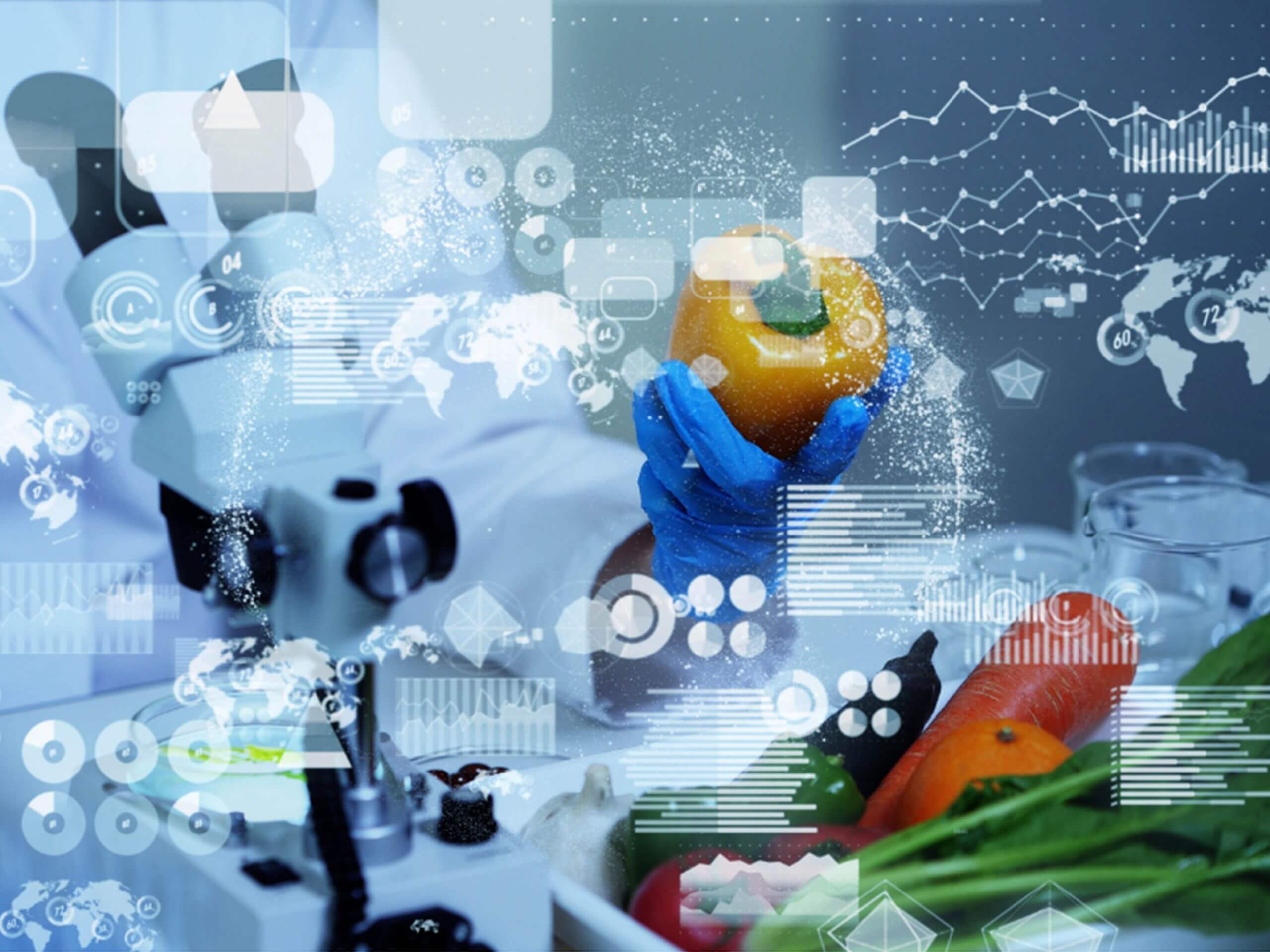

October 11, 2022
There are around 2.02 million farms in the United States. These farms have an average size of 444 acres. Agriculture accounts for around 0.6 percent of GDP in the United States.
With the upsurge of modern techniques in farming, the food cycles have been affected to a great extent. Owing to the use of technology in agriculture and food production, food quantity and quality are both under consideration. The human resource management system has also improved enabling better yield by correct allocation of resources. Food security is defined by the phrases access to food, food availability, and weather farming. All of these issues may be addressed with AI technology and SaaS-associated solutions. The first step that must be implemented as quickly as feasible is to prevent resource waste during the crop cycle to ensure that the ecosystem that supports food outcomes is not exhausted.
Research predicts that the world population is estimated to reach 9.1 billion by 2050; to fulfill this demand, global food production must grow by 70%. A web application development company is carrying out research to improve farming methods for better food products. Crop diseases, on the other hand, represent a huge danger to food production and global food security, with the ability to kill whole harvests if left untreated. Diseases are predicted to destroy about 40% of the world’s crops.
AI aid can help smallholder farmers in Africa manage scourges like viruses and the fall army worm that have plagued the region for the previous 40 years despite significant investment.
When technology is regarded as a solution for agriculture, it is frequently presented as a large financial proposal to significant companies. There are around 2.02 million farms in the United States. These farms have an average size of 444 acres. Agriculture accounts for around 0.6 percent of GDP in the United States, with big farms accounting for the majority of this figure. Gross cash farm income is increasingly controlled by larger farms, while smaller family farms struggle to survive. This dynamic may be found in a variety of circumstances across the world.
Crop losses are often highest in tropical regions where the climate is favorable to crop disease. Less-developed nations are most vulnerable to large-scale crop losses due to a lack of information and insufficient technical assistance for efficient crop disease diagnosis and management strategies. Farmers utilize excessive quantities of chemical compounds, such as pesticides, to protect crops from illness; but, because they are unsure of where or when to spray, this causes long-term damage to the environment and human health. Furthermore, illness losses might mean that more imported and frequently processed goods are consumed, substituting a balanced diet, which can lead to additional health problems. With custom applications development services better products are being launched in the food industry.
AI may process, synthesize, and analyze massive volumes of data while supporting people in fields and factories. It can outperform humans in identifying and diagnosing abnormalities such as plant diseases, as well as forecasting production and weather. AI has the potential to eliminate labor in a variety of agricultural jobs, including tilling, planting, fertilizing, monitoring, and harvesting.
Algorithms already control drip irrigation systems, fleets of topsoil-monitoring robots, weed-detecting rovers, self-driving tractors, and combine harvesters. A curiosity about the possibilities of AI provides incentives to give it more autonomy along with applicability.

As a result, a single instance of the program may serve several clients. As a result, each application and user share a centralized code base and infrastructure. Furthermore, because of cheap maintenance expenses and shared infrastructure, the upfront cost is decreased owing to the multi-tenancy aspect of SaaS and AI.
With AI-based apps, firms can have the option of selecting a model that readily meets the infrastructure’s requirements. Furthermore, the infrastructure may be downscaled or upscaled as needed.
With SaaS, all of the necessary and required apps may be readily linked with one another. This will aid in the expansion of functions and the maximization of income.
Nowadays some firms are working on improving technical tools used in farming places. The implementation and technical know-how have become a great support for farmers, moreover, past trends are also being analyzed to incur the current needs of the food industry. The efficiency of existing data has helped firms like Plenty and Aero Farms. They are pioneers in vertical indoor farming by employing computerized AI algorithms and analyzing nutrient inputs using robotics. AI-driven tools are also being used to analyze when the fruit is ready to be harvested. AI-based tech produces 20 times more food per acre than traditional modes of farming while using 10% water resources, according to research.
AI is being utilized not merely to boost agricultural output. But also to combat one of the most ecologically harmful aspects of the food industry: industrial meat production. Companies such as Futuro have been creating technologies that use AI to evaluate massive amounts of plant data to determine the best method to duplicate the texture and flavor of the meat.
With so much being done, AI has transformed the food industry in a positive manner while enabling fruitful outcomes for all globally. The use of chatbots has become common in assisting food delivery and relevant services. Moreover, crop, fruit, and even meat production are well taken care of. Chances are high that the future will hold more in-store resulting. In tech advances and food production that is never seen before.